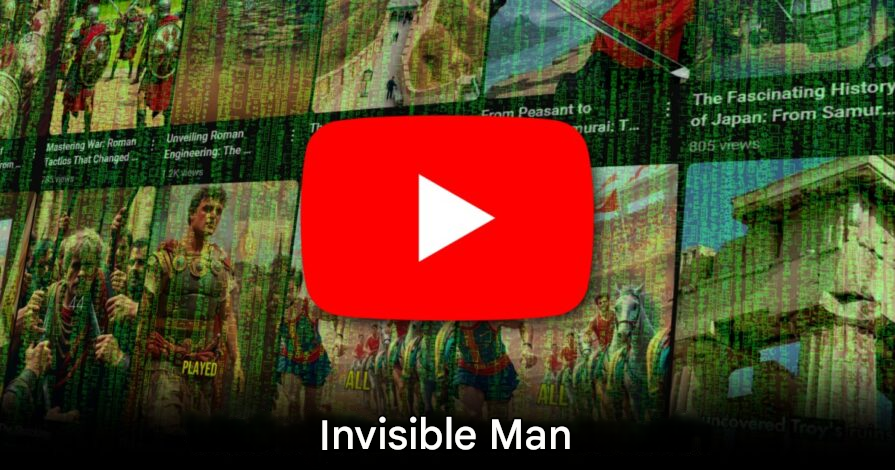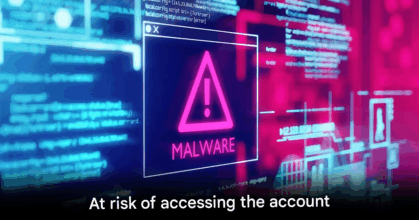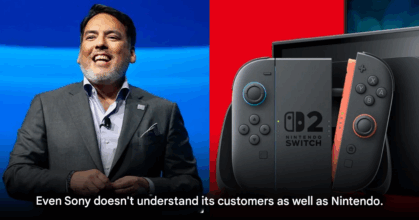YouTube Shorts Secretly Adds AI-Style Filter to Boost Video Quality

What’s Really Going on?
Hidden Machine Learning at Play
YouTube is quietly testing a new feature called the “AI Filter.” This machine learning tool automatically enhances YouTube Shorts clips by reducing blur, cutting noise, and improving clarity—similar to the latest smartphone enhancements working behind the scenes. It kicks in right after uploading, without creators’ knowledge.
What Creators Are Seeing—and Why It Matters
Creators have started noticing strange changes in their videos: faces appear smoother than natural, skin tones look off, and motion feels oddly distinct. Even videos with intentional style—like grainy DIY clips or product reviews—can end up looking too polished, messing with the creator’s intended look and feel.
YouTube’s Explanation (But Still No Full Transparency)
YouTube insists this isn’t generative AI; it’s traditional machine learning designed to enhance video clarity. The goal is better visual quality for mobile users, not altering content style. However, the silent implementation without consent has sparked frustration among creators who value authenticity.
The Ripple Effect
This feature reveals how platforms can quietly change creative work. When changes happen without permission, trust erodes. Creators worry that without transparency, their audience might question the authenticity of content. The originality and style they’ve worked hard to build could be undercut by an invisible filter.
What Creators Are Demanding
- Full transparency from YouTube about any processing behind the scenes
- An easy option to opt out for creators who prefer control over their content’s appearance
- Clear labeling or disclosure when a video has been machine-enhanced
Final Thought
YouTube’s new AI-style filter may aim to uplift video quality, but doing so in secret risks undermining the creative relationship between platform and creator. Authenticity matters—it’s at the heart of every great Short. YouTube must respect that by keeping creators in the loop and letting them choose whether or not to opt in.
It’s time for YouTube to empower creators—not override their vision.






